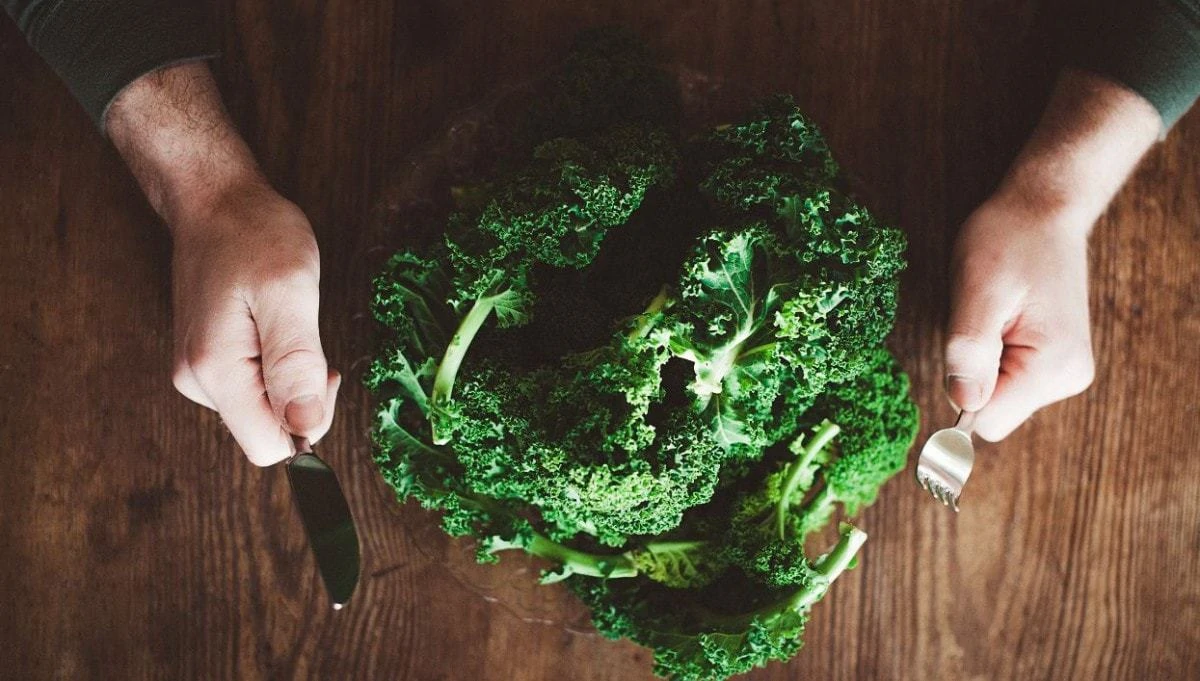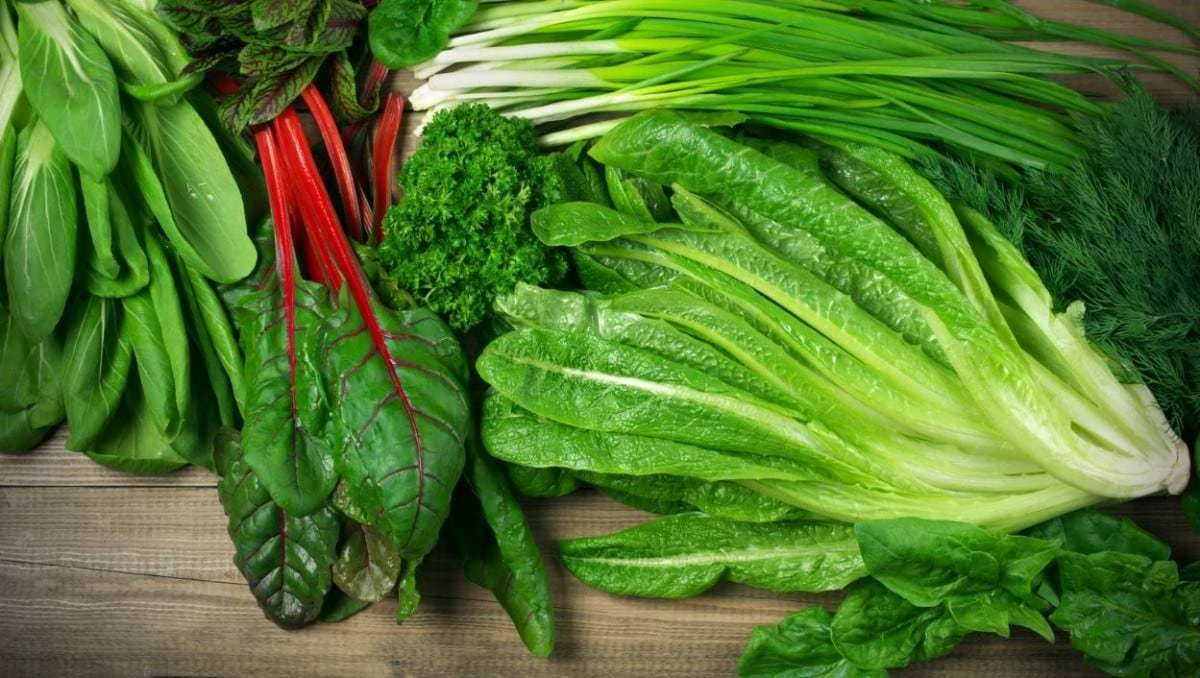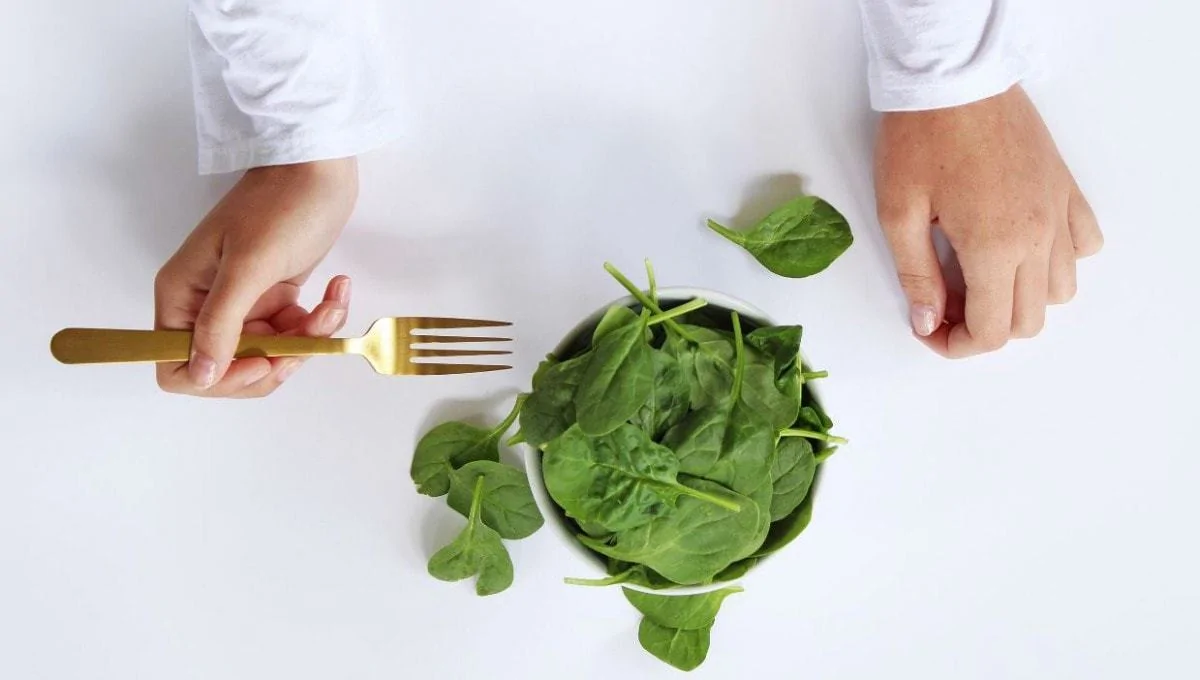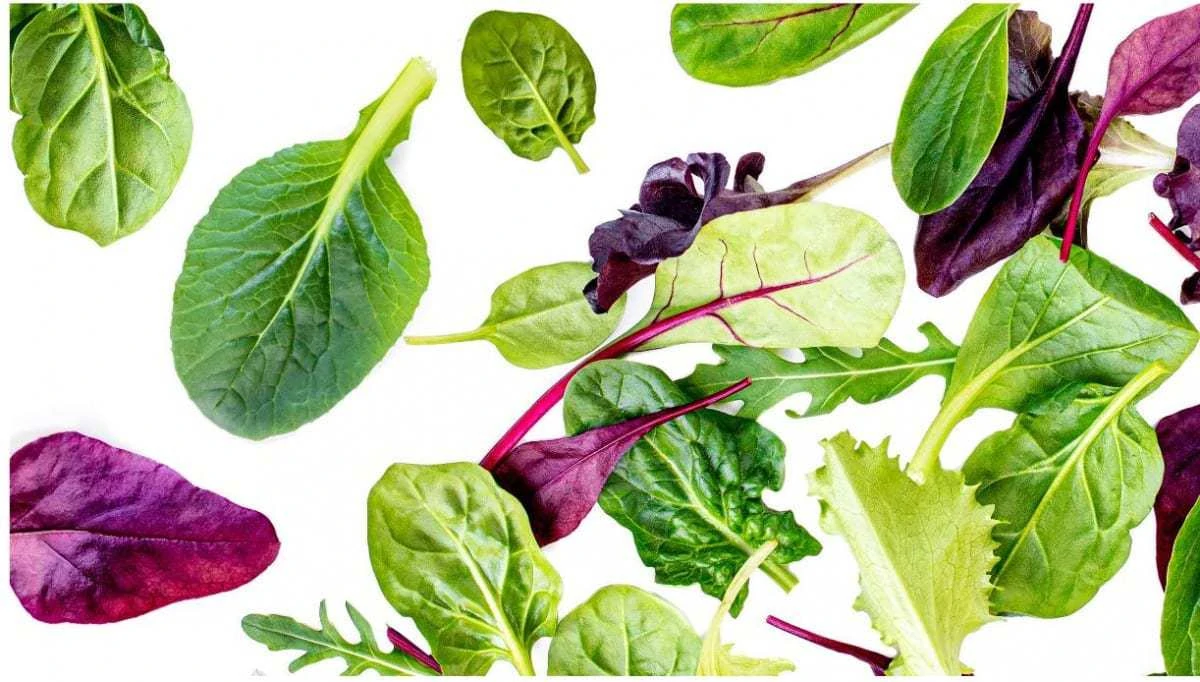
What you eat right before bed can be instrumental in ensuring a good night’s rest.
You might want to avoid several foods for dinner, but are leafy greens one of them?
You can eat leafy greens at night such as kale, collard greens, and spinach.
They are calcium-rich foods that help your body produce melatonin, which is essential for good sleep. Though leafy greens are great for dinner, you shouldn’t eat them too late.
In the rest of the article, we’ll explain the following;
- why you can eat leafy greens at night
- how much you should eat daily
- how to incorporate leafy greens in your diet
- how often you should eat leafy greens.
Table of Contents
How Does Eating Leafy Greens at Night Help You Sleep Better?

Leafy greens for dinner can be a healthy way to promote sleep.
If you eat the wrong food like cheese or broccoli before bed, your sleep schedule might be interrupted because you might still be digesting them before you go to bed.
However, leafy greens such as kale and spinach are easily digestible so that you won’t have stomach troubles before bed.
They are also calcium-rich.
Why is calcium essential?
Your body produces melatonin, a hormone that promotes sleep from calcium.
This hormone doesn’t make you sleepy, but it calms you and places you in a relaxed state, ready for bed.
Usually, melatonin levels in your body begin rising about two hours before bed. When you consume calcium-rich foods for dinner, it provides the calcium your body needs for melatonin production.
They also contain magnesium, which promotes sleep and relaxation. While consuming leafy greens before bed helps a good night’s rest, you might want to ensure that you eat about three to four hours before bedtime.
Eating too late might put you at risk of acid reflux or have you uncomfortable.
How Much Leafy Greens To Eat a Day?

Leafy greens are a nutrient gold mine. They have various nutrients, including vitamins A, C, K, B complex, and minerals.
Leafy greens are essential to maintaining health, but how much is enough?
The USDA recommends that adults consume two to three cups of green leafy vegetables a day.
You can spread out your vegetable consumption throughout the day and meet your requirements using diverse types of vegetables.
To meet up with your daily vegetable requirement, you need to note that vegetables aren’t dense.
So, when cooked, they lose about half of their volume. That means you might need about two cups of raw vegetables to make up one cup in the vegetable group.
The vegetable requirement for other age groups isn’t the same as that of adults.
Let’s look at the daily needs of various age groups.
Babies
You could introduce vegetables with solid food into your baby’s diet at about six months old. Start small and increase their intake as they get used to it.
Try giving them a teaspoon at a time and about half a cup of veggies consumed per day.
Toddlers and Children
Consider adding a cup of veggies to your toddler’s diet.
I know it sounds like a lot, especially if your kid is a picky eater. However, spreading out the veggies throughout the day could encourage them to eat more.
You could also switch things up. Instead of having broccoli for breakfast, lunch, and dinner, consider kale for lunch and collard greens for dinner.
You could also disguise these vegetables. Try adding them to smoothies, and your kid might not even notice the difference.
Young children could have up to 1.5 cups of veggies daily without trouble.
Again, you might have to get creative with introducing these vegetables.
When you let your kids have a vegetable-rich diet so early, it could have long term benefits. They might be more comfortable with consuming a healthy diet with veggies as they grow into adulthood.
Teens and Adults
As children approach their teenage years, the vegetable requirement between sexes begins to differ.
As tweens, boys might need about two and a half cups of veggies daily while girls need two cups.
But as they progress further into their teenage years and eventually adulthood, boys would need three cups of veggies, and girls to need two and a half cups.
Since boys tend to eat fewer veggies than girls, you might want to pay close attention to your sons to ensure they meet the requirements.
Consider adding a side of veggies to every meal so that you and your family can meet up with your daily needs.
Older Adults
Generally, older adults (above 50 years old) need to cut back on their calorie intake. The cut back also includes veggies.
Most older adult men would be okay with two and a half cups of veggies daily, while women might need two cups daily. Consider seeing your doctor for proper guidance, especially if you have any underlying health conditions.
How Often Should I Eat Leafy Greens?

Now that you know how many leafy green vegetables you might require daily for optimum health, you might be interested in learning how frequently you should eat them.
You should eat leafy greens like kale, spinach, and collard greens in every meal of the day to make up for your daily requirements.
However, it’s beneficial to ensure that you consume leafy greens daily to obtain the necessary nutrients.
Daily consumption of leafy greens might lead to improved health, such as sharper memory and less decline.
That’s because lots of the vitamins, such as vitamin B complex in vegetables, are water-soluble and don’t get stored. When you eat your veggies daily, you replace these water-soluble nutrients.
The easiest way to meet up with your vegetable needs would be to consume it several times a day with different meals.
You might want to keep it down to three to four portions per day.
How To Incorporate Leafy Greens Into Diet

Granted, not everyone likes leafy vegetables, but they are still essential for proper nutrition.
If you’re like me, you’re always on the lookout for fun new ways to include leafy greens into your diet.
You can incorporate leafy greens into your diet by making salads or garnishes. The garnish could be a healthy addition to every meal.
Other food ideas for leafy greens include soups, smoothies, wraps, hummus, chips, and juice.
Let’s dive into each of these creative ways to incorporate leafy greens into your diet.
Salad
Salads are easily the most popular way of introducing vegetables into your diet.
You could try out several salad recipes and include them in your meal plan. Add some yummy salad dressing like pesto, cashew cream, or turmeric tahini sauce.
Chips
No, we’re not speaking of potato chips but vegetable chips.
You could turn lots of leafy green vegetables like kale and collard greens into yummy snacks that could replace unhealthy snacks.
Here’s how to make your batch of leafy green chips at home:
- Wash your vegetables and dry.
- Separate leaves from stems oil.
- Drizzle some olive oil on your leaves.
- Preheat the oven to 350°C.
- Bake leaves for about 10-15 minutes or till leaf edges turn brown.
Raw Wraps
Are you looking for an exciting snack or lunch? Then you might want to try raw wraps.
To make these, you place whatever filling you like and wrap them up in leafy greens like collard greens, cabbage, and Swiss chard.
You could wrap cheese, taco meat, Kalamata olives, sun-dried tomatoes, and diced cucumber.
If you’d prefer a vegan alternative, you could make your filling of avocados, red bell pepper, alfalfa sprouts, pecan, and tamari.
You would need to take out the stems on your leaves before using them to make a wrap.
Soaking your collard greens in warm water and lemon could make them more flexible and easy to use.
Soup
Your leafy veggies could be your secret healthy ingredient for soups.
Dice some kale, spinach, or Swiss chard and add to your soups for about three minutes before taking it down from the heat. Please don’t cook your veggies for too long, or the heat might destroy the nutrients.
For creamy soups, you could blend your leaves before adding them in. You might notice some color change.
Smoothies
Smoothies are an excellent mid-day snack and could be the right medium for your vegetables. You don’t need much preparation; toss in some destemmed veggies into the blender with your fruits, and it’s ready.
You could add in some berries like blackberries or raspberries to help mask any unusual tastes. it’s yummy and nutritious.
Hummus
You could make your hummus even more nutritious by adding some blended leafy veggies. You would need to remove the stems first before blending. You could also try this with guacamole if you puree it.
Juice
You could make delicious free juices from your leafy greens. Try using kale, cabbage, broccoli, spinach, Swiss chard, and celery.
The best part of juicing vegetables is that in addition to giving you the needed nutrients, they also help you stay hydrated throughout the day.
Conclusion
You can eat leafy greens at night, and they are a healthy way to meet up with your nutrient needs.
Leafy greens contain lots of calcium, which the body uses in making melatonin for sleep regulation.
Consider eating two to three cups of leafy greens daily.
Here are a few ways to incorporate them into your diet:
- Salads
- Soups
- Smoothies
- Raw wraps
- Juice
- Hummus
- Chips


Leave a comment